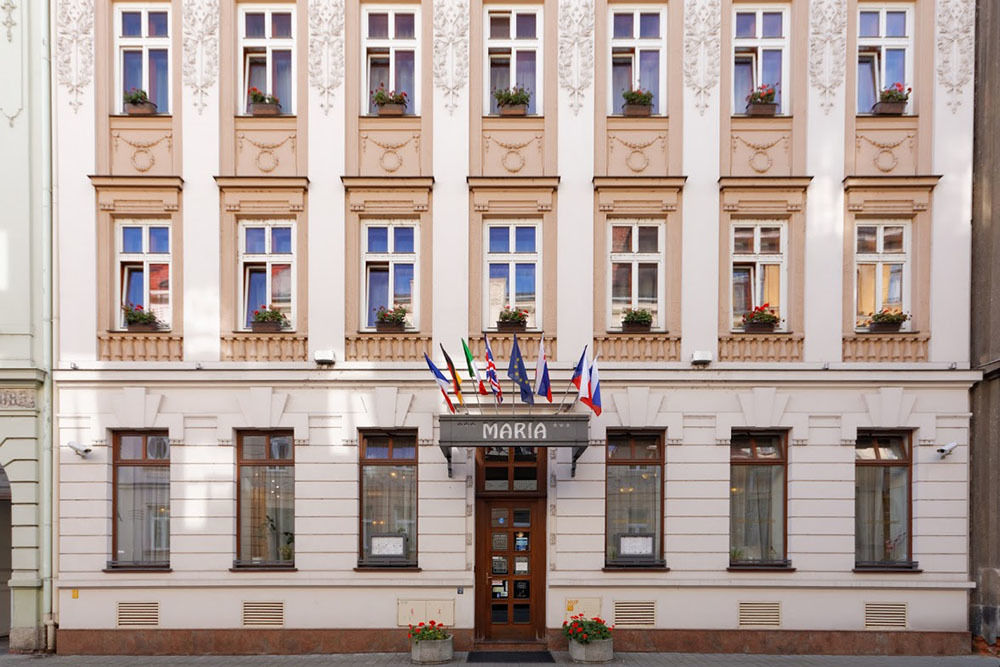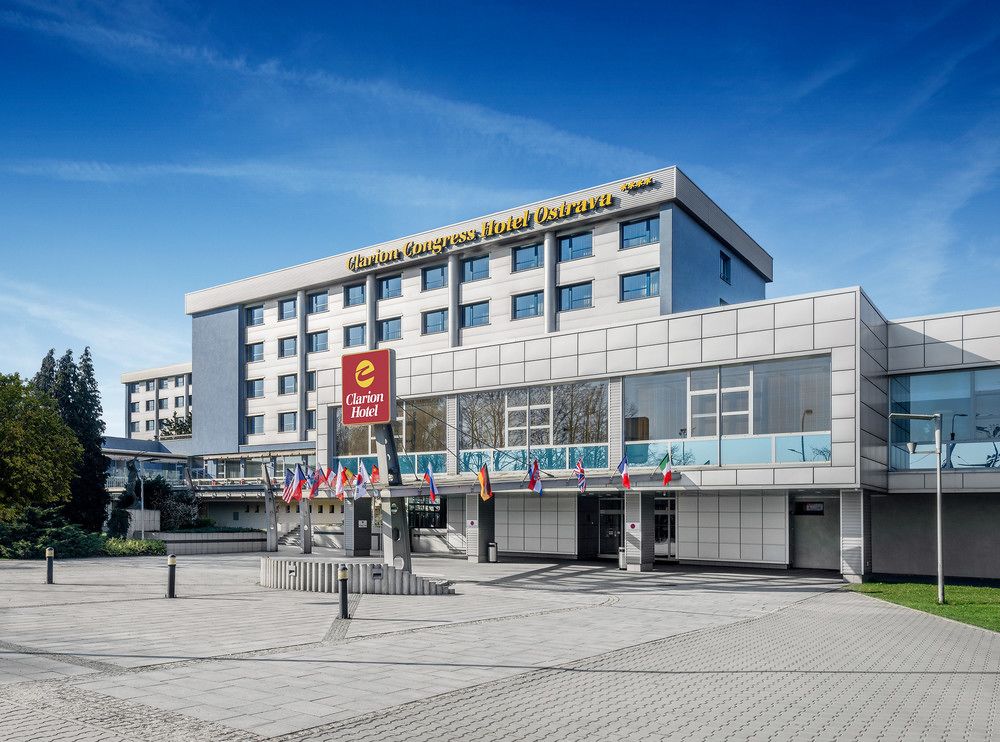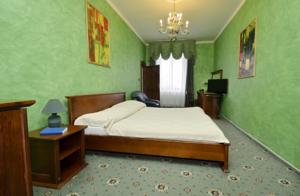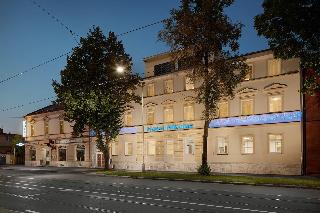
Find hotels in Ostrava
Lowest prices detected by AI for hotels
Best
Cheapest
Star Ratings
AI Recommended
Best Hotels In Ostrava
Cheapest Hotel Deals in Ostrava
Top Rated Hotels
5 Star Hotels in Ostrava
4 Star Hotels in Ostrava
3 Star Hotels in Ostrava
AI-recommended Destinations
Where to stay in Ostrava
More About Ostrava
Ostrava (Polish: Ostrawa, German: Ostrau or Mährisch Ostrau) is a city in the north-east of the Czech Republic and is the capital of the Moravian-Silesian Region. It is 15 km (9 mi) from the border with Poland, at the meeting point of four rivers: the Odra, Opava, Ostravice and Lučina. In terms of both population and area Ostrava is the third largest city in the Czech Republic, the second largest city in Moravia, and the largest city in Czech Silesia. It straddles the border of the two historic provinces of Moravia and Silesia. The population was around 300,000 in 2013. The wider conurbation – which also includes the towns of Bohumín, Doubrava, Havířov, Karviná, Orlová, Petřvald and Rychvald – is home to about 500,000 people, making it the largest urban area in the Czech Republic apart from the capital, Prague.
Ostrava grew in importance due to its position at the heart of a major coalfield, becoming an important industrial centre. It was previously known as the country's "steel heart" thanks to its status as a coal-mining and metallurgical centre, but since the Velvet Revolution (the fall of communism in 1989) it has undergone radical and far-reaching changes to its economic base. Industries have been thoroughly restructured, and the last coal was mined in the city in 1994. However, remnants of the city's industrial past are visible in the Lower Vítkovice area, a former coal-mining, coke production and ironworks complex in the city centre which retains its historic industrial architecture. Lower Vítkovice has applied for inclusion in the UNESCO World Heritage List.
Since the 1990s Ostrava has been transformed into a modern cultural city, with numerous theatres, galleries and other cultural facilities. Various cultural and sporting events take place in Ostrava throughout the year, including the Colours of Ostrava music festival, the Janáček May classical music festival, the Summer Shakespeare Festival and NATO Days. Ostrava is home to two public universities: the VŠ
 Time UTC+02
Time UTC+02 Currency CZK
Currency CZK Languages Czech
Languages CzechWhat’s Special about Staypia?
Compare hotel prices in real-time
AI finds you the lowest price for hotels in Ostrava.
Lowest price for 3.16M hotels worldwide
Book with up to 31% extra discounts only for Staypia members.
Travel bucket list for Ostrava
Plan your trip with over 17K 'must see' recommendations for Ostrava
Frequently Asked Questions
The best hotels in Ostrava are Hotel Maria Ostrava, Quality Hotel Ostrava City, Mercure Ostrava Center.
The best 5 star hotels in Ostrava are SILESIA Residence. Search for the most highly rated hotels in Ostrava
The most highly rated hotels in Ostrava are Quality Hotel Ostrava City, Mercure Ostrava Center, Hotel Nikolas.
Generally, room reservations are subject to a free refund until the cancellation deadline. Fees may apply after the cancellation deadline, so please check the cancellation deadline on your hotel voucher or in Menu > My Reservation.
If you’re a frequent traveler, Staypia is the best place to get the best hotel deals. You can book hotels with the lowest price of 3.16 million hotels collected by AI, and receive additional discounts for members only.

















